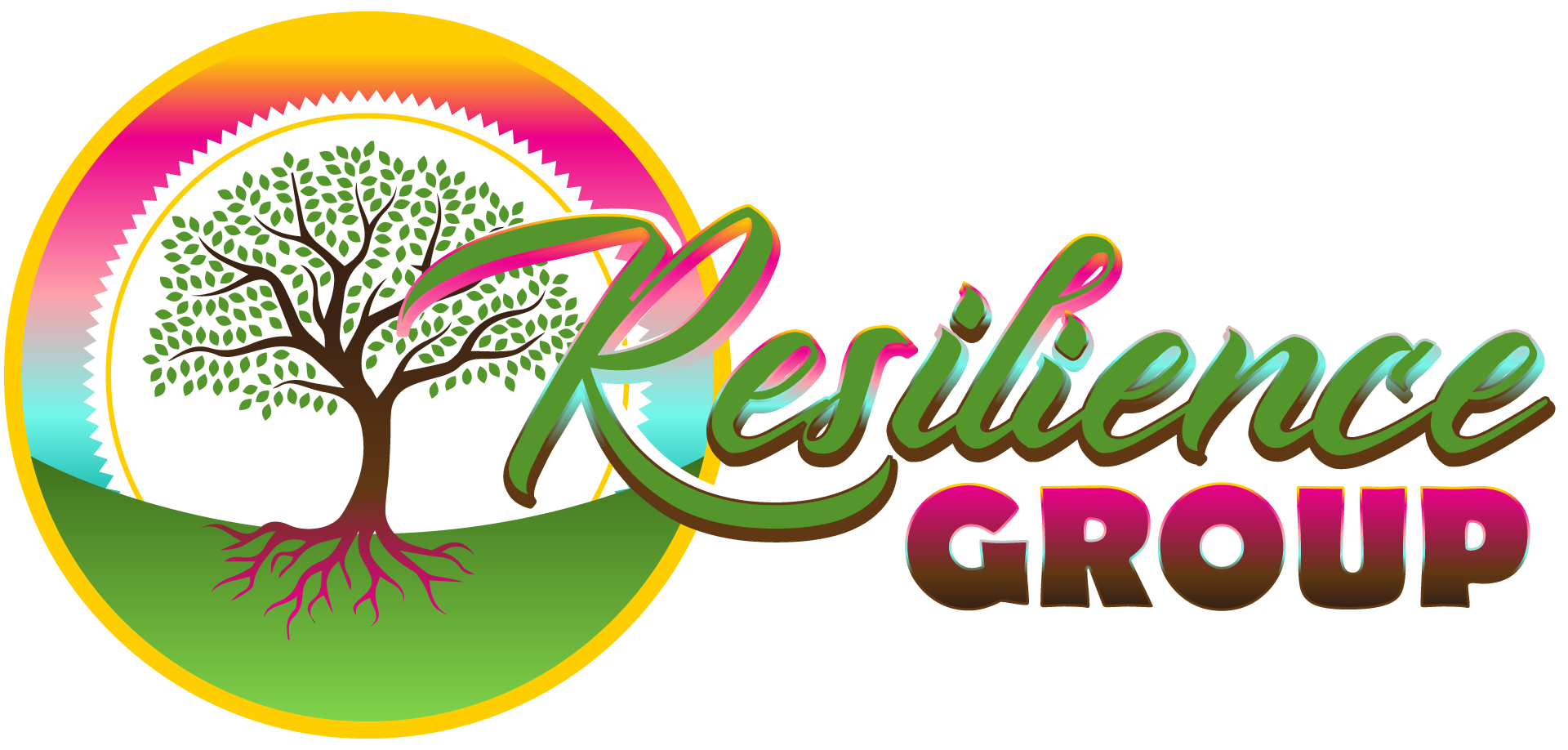Self-Harming
Self-harming, also known as non-suicidal self-injury (NSSI), refers to the deliberate act of inflicting physical harm or injury to one’s own body as a way of coping with emotional pain, distress, or psychological trauma. It is typically done without the intent to end one’s life, but rather as a means of managing overwhelming feelings, gaining a sense of control, or temporarily alleviating emotional tension.
Key Characteristics of Self-Harming:
-
Intentional Injury:
- The person intentionally causes harm to their own body, often through cutting, burning, scratching, or hitting.
-
Absence of Suicidal Intent:
- While the behaviors can be dangerous, the intent is typically not to end life, though it may sometimes be misinterpreted as a cry for help or attention.
-
Emotional Regulation:
- Self-harming is often used as a maladaptive coping mechanism to manage intense emotions such as sadness, anger, frustration, or anxiety.
-
Repetitive Behavior:
- The act may become repetitive and cyclical, with the individual returning to self-harm as a way of coping with ongoing emotional distress.
Common Forms of Self-Harming:
-
Cutting:
- Using sharp objects, such as knives or razors, to cut the skin, often on the arms, thighs, or wrists.
-
Burning:
- Deliberately using heat or fire to burn the skin, typically to produce a sense of relief from emotional pain.
-
Scratching or Picking:
- Repeatedly scratching or picking at the skin, leading to cuts or scarring.
-
Hitting or Banging:
- Punching or striking oneself, often resulting in bruises or other physical injuries.
-
Hair Pulling:
- Trichotillomania, or compulsive hair-pulling, is a form of self-harm that results in bald patches or hair loss.
Psychological and Emotional Causes of Self-Harming:
-
Emotional Regulation:
- Many individuals who self-harm report using the behavior as a way to cope with emotional overload, providing a temporary sense of relief or control over feelings.
-
Trauma and Abuse:
- Individuals with a history of trauma, neglect, or abuse may engage in self-harm as a response to emotional pain or as a way to feel “alive” when numbness or dissociation occurs.
-
Low Self-Esteem:
- Feelings of worthlessness, guilt, or self-loathing can drive an individual to harm themselves as a form of self-punishment or as a way to express internal distress.
-
Psychological Disorders:
- Self-harm is commonly associated with mental health conditions such as depression, anxiety, borderline personality disorder, post-traumatic stress disorder (PTSD), and eating disorders.
-
Interpersonal Stress:
- Conflicts in relationships or social isolation may increase feelings of helplessness or frustration, leading to self-harming behavior.
Consequences of Self-Harming:
-
Physical Harm:
- Repeated self-harm can lead to long-term physical effects such as scarring, infections, nerve damage, or even life-threatening injuries.
-
Psychological Impact:
- Individuals may experience feelings of shame, guilt, or embarrassment, which can exacerbate emotional distress and perpetuate the cycle of self-harm.
-
Risk of Suicide:
- Although self-harm itself is not typically intended as a suicide attempt, those who engage in self-harming behaviors may be at an increased risk for suicidal ideation or behavior, especially if underlying mental health conditions are not treated.

Diagnosis and Treatment:
-
Diagnosis:
- Self-harming behaviors are typically identified in a clinical setting through patient self-reporting or observation of physical signs. A comprehensive evaluation may be conducted to assess underlying psychological issues, such as depression, anxiety, or personality disorders.
-
Treatment Approaches:
- Cognitive Behavioral Therapy (CBT): A common therapeutic approach that helps individuals understand the triggers for self-harming behavior and develop healthier coping strategies.
- Dialectical Behavior Therapy (DBT): Often used for individuals with borderline personality disorder, DBT helps with emotional regulation, distress tolerance, and interpersonal effectiveness.
- Trauma-Focused Therapy: For individuals who self-harm due to past trauma or abuse, therapy focused on trauma resolution may be essential.
- Medication: In some cases, antidepressants, anxiolytics, or mood stabilizers may be prescribed to address underlying mental health issues contributing to self-harming behavior.
-
Crisis Intervention:
- Individuals at risk of severe injury or suicide may require immediate crisis intervention, including hospitalization, to ensure their safety and provide stabilization.
Prevention and Support:
-
Education and Awareness:
- Educating individuals and loved ones about the signs of self-harming behavior and the emotional triggers that lead to it can help in early intervention.
-
Developing Healthy Coping Mechanisms:
- Teaching alternative coping strategies, such as mindfulness, relaxation techniques, or creative expression (e.g., art or journaling), can help individuals manage emotional pain without resorting to self-harm.
-
Support Networks:
- Building a strong support system through therapy, peer support groups, or trusted family members and friends can help individuals feel understood and less isolated in their struggles.
Conclusion:
Self-harming is a complex and often misunderstood behavior that serves as a coping mechanism for deep emotional pain. While it may provide temporary relief, it poses significant risks to both physical and mental health. Treatment, which typically involves psychotherapy and emotional support, aims to address the underlying causes of self-harm and equip individuals with healthier coping strategies for managing emotional distress.
Contact
(435) 313-8533
Location:
Resilience Group
Saint George, UT 84770
In-person and telemedicine available
